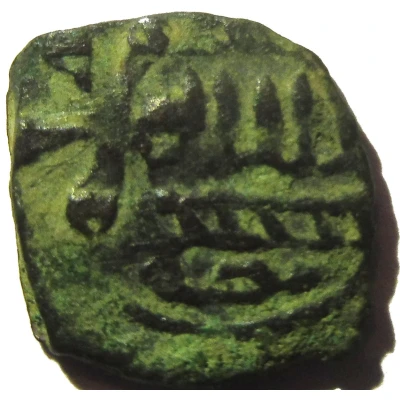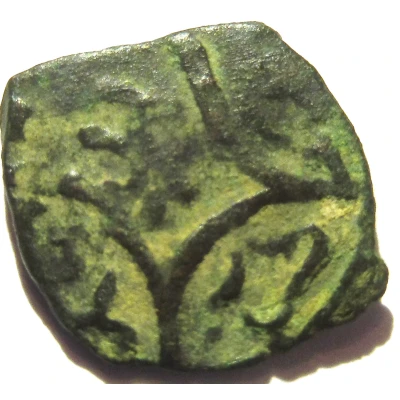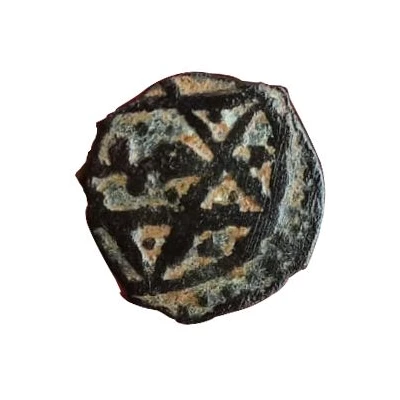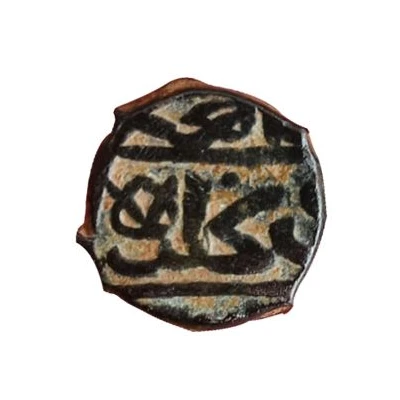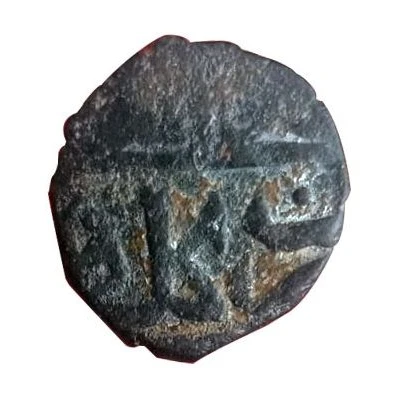
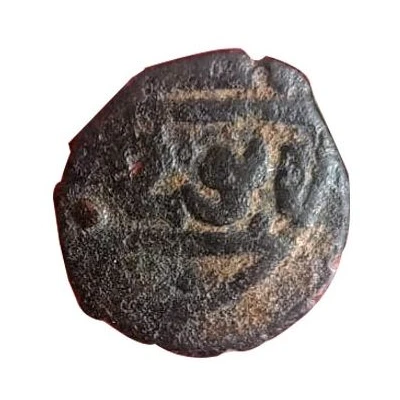

Obverse © Geison Pulga (CC BY-NC-SA)
Fals - al-Zahir Jaqmaq ND
| Copper | 1.89 g | 16 mm |
| Issuer | Mamluk Sultanate |
|---|---|
| Sultan | Jaqmaq (1438-1453) |
| Type | Standard circulation coin |
| Years | 1438-1453 |
| Value | 1 Fals (1⁄60) |
| Currency | Dinar (1250-1517) |
| Composition | Copper |
| Weight | 1.89 g |
| Diameter | 16 mm |
| Shape | Round (irregular) |
| Demonetized | Yes |
| Updated | 2024-10-05 |
| Numista | N#352290 |
|---|---|
| Rarity index | 97% |
Interesting fact
The Mamluk Sultanate, which issued the Fals coin , was a powerful state that ruled over much of the Middle East and North Africa during the 13th to 16th centuries. One of the unique features of their coinage was the use of a distinctive "billon" alloy, which was a mixture of copper, silver, and sometimes gold. This alloy was used to produce coins that were both durable and had a unique appearance, and it became a hallmark of Mamluk coinage. The Fals coin , which was issued by al-Zahir Jaqmaq during his reign from 1438 to 1453, is a good example of this bililon alloy in use. It weighs 1.89 grams and is made of copper, but it also contains traces of silver and gold, which gives it a distinctive color and texture. This coin is not only a valuable collector's item but also a testament to the advanced metallurgical techniques and craftsmanship of the Mamluk Empire.
